Although most people in the west refer to sweet, milky, hot, spiced tea simply as ‘chai’, the correct name is ‘masala chai’. ‘Cha’ or ‘chai’ simply means ‘tea’ in many Asian languages and so, in order to distinguish a straight cup of tea from the milky spiced variety, we should really add the word ‘masala’ which means ‘a mixture of spices’. The beverage is also sometimes called spiced tea or spiced chai.
The History of Chai Tea
The most famous and popular type of spiced milky tea is the version made in India and the popularity of the drink seems to have grown during the 19th century when the British established and developed tea cultivation in Assam and Darjeeling in the north east, and in the Nilgiri Hills in the south west of the country. Although large quantities of black tea, made in those regions, was being shipped back to Britain for consumption there and elsewhere in the west, the Indians themselves did not drink much tea.
A campaign in India by the Indian Tea Association, a British owned tea promotional body, to encourage the consumption of tea within India, helped to increase sales and led to businesses being set up by a growing number of ‘chai wallahs’ or brewed tea merchants. Since the British by that time were drinking their black teas with milk and sugar, the same became popular in India, but many of the tea vendors also began to add locally grown spices such as nutmeg, cloves and cardamom.
It is possible that the use of spices developed from ancient ayurvedic medicinal recipes that used different spices for their various health benefits.
Traditional Recipe and Ingredients
Today chai is popular all over India, sold from stalls in the street and brewed at home. Modern recipes usually include strong black tea, milk, sweetener of some kind, and a mix of spices. These ingredients are boiled up together until all the flavours develop and balance with each other to create a wonderfully rich, warming sweet, spicy and invigorating, comforting drink.
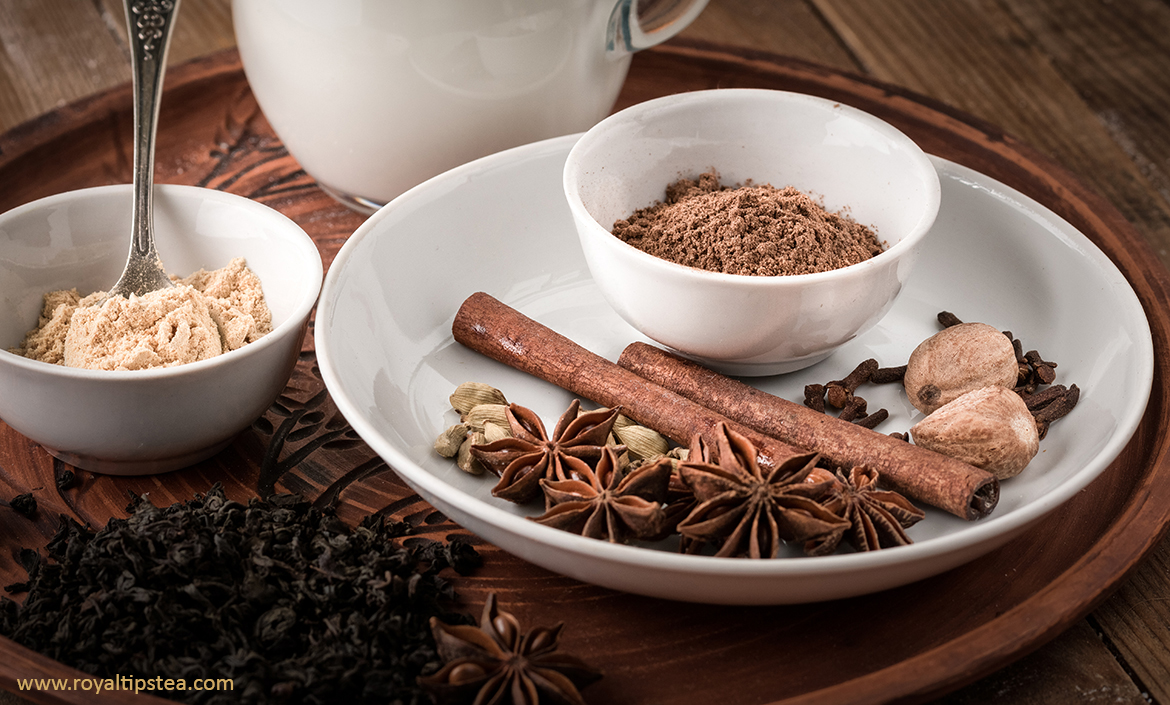
In the north of India, the black tea used is usually strong black Assam CTC, while in the south a Nilgiri CTC or broken black grade is the base tea. The tea needs to be really robust and full of flavor so that it is not overwhelmed by all the other strong tastes and aromas.
The milk used in India is traditionally water buffalo milk but in other parts of the world it is usually cow’s milk. The milk is usually mixed one part milk to two, three or four parts water. Some people use evaporated or condensed milk to give extra sweetness. Any kind of sugar (soft brown, demerara crystals, syrup, honey, palm sugar or cane sugar) can be used and in India, many people use jaggery, an unrefined sugar made from sugar cane juice or palm juice and then reduced to give a very rich sweet flavor.
In India, the spice mix, called ‘karha’, varies according to region, vendor or household and if you ask for the recipe, everyone will tell you something different. The traditional ingredients usually include grated fresh root ginger, green or black cardamom, and black pepper, but different merchants might also add cloves, nutmeg, mace, cinnamon, start anise, and fennel seeds. In the south, fresh basil leaves are sometimes used and occasionally the blend will also add chilli powder, cayenne pepper, cumin, rose petals, a little salt, or liquorice root. In Western India, the recipe rarely includes cloves and black pepper, and in Kashmir, green tea is used instead of black and the ‘karha’ spice mix uses more subtle flavours such as almonds, saffron and cardamom.
Chai wallahs and people at home in India usually make up their own mix of flavourings, whereas commercial mixtures sold in grocery stores usually restrict the number of spices to fewer traditional ingredients.
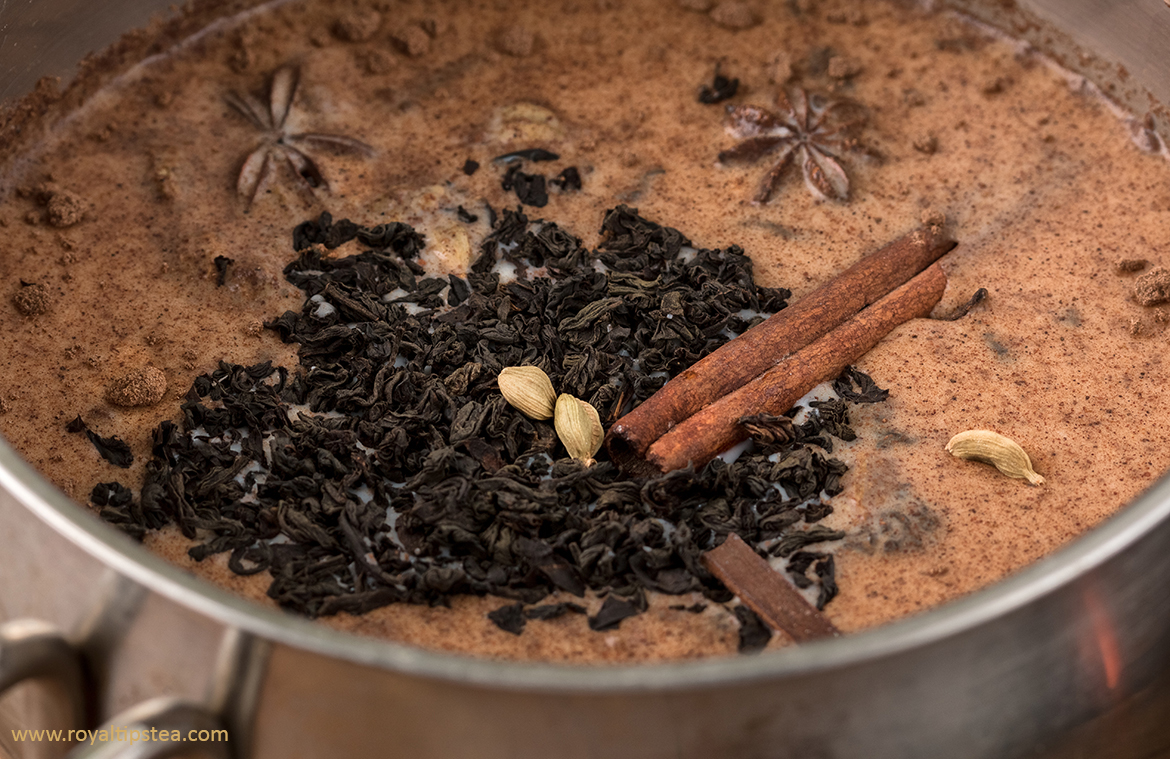
To prepare a good chai, everything is put into the pan together to allow the spices and the tea to fully infuse their flavours and strength into the brew.
At street stalls, once the liquids have been brought to the boil, the pan or kettle is set to simmer and when ready, the solids are strained off and the thick, sweet beverage is served in little handleless, unglazed terracotta clay cups called ‘kulhars‘. These are cheaply made and the intention is that, once the customer has drunk the chai, the cup is smashed on the ground, returning it to the earth in pieces of broken earthenware with the result that no plastic or paper cups are left littering the streets.
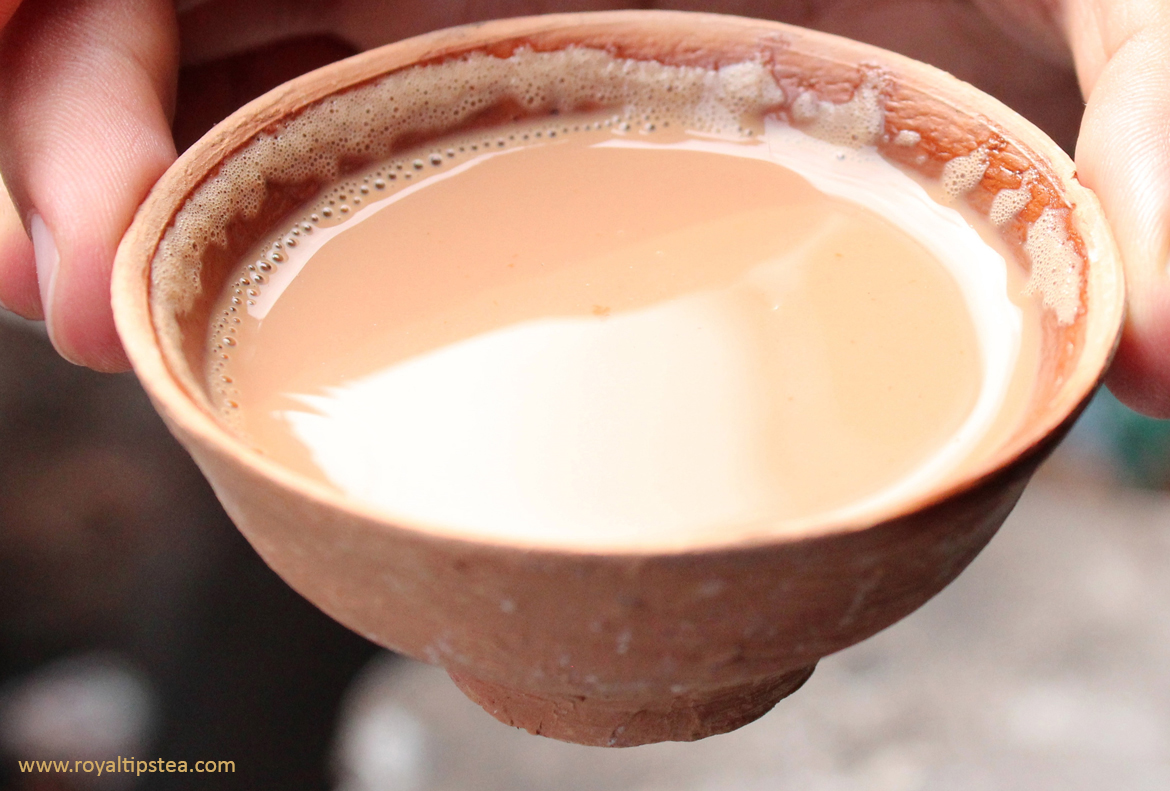
Masala chai is also popular in East Africa, Qatar, Kuwait, Saudi Arabia the United Arab Emirates, where it is known as ‘chai karak’.
Over the past 15 to 20 years, chai has become more and more popular in the West where companies offer a range of concentrated tea-based syrups that are designed to be diluted with hot water or milk; teabag blends that mix black tea, rooibos or yerba mate with a selection of spices and are designed to be brewed in hot water; ground spice mixtures that can be added to a cup of tea after it has been brewed; soluble granules for stirring into hot water rather like instant coffee granules; and unsweetened iced-tea powder for adding to a blend of spices, sugar and milk.
The beverage can be served hot or iced, and some café and restaurants even offer an additional shot of espresso coffee and call the resulting brew ‘java chai’ or ‘Dirty Chai’. Recent health trends have also led to brands offering turmeric chai and matcha chai.
Benefits of Chai Tea
As well as giving hot sweet milky tea its invigorating, warming and comforting spicy character, the individual spices in the mix are also thought to offer wide a range of health benefits.
Cloves, cinnamon and ginger are all thought to have an anti-inflammatory effect and can therefore be helpful against rheumatoid arthritis and other conditions that cause swelling of the joints. Cloves are also said to boost the immune system, have antibacterial properties, protect the liver, and help control diabetes.
Cinnamon is a source of antioxidants, also helps fight diabetes, infections and viruses, and protects the teeth.
Ginger stimulates the circulation, helps cure nausea, motion sickness and upset stomachs. It may also help indigestion, reduce blood sugar and cholesterol levels and protect against heart disease.
Cardamoms are related to ginger and may also help indigestion, calm nausea, clean the kidneys, and stimulate the appetite.
Black peppercorns stimulate the taste buds, have antibacterial properties, can help against weight loss, and are also said to improve brain function.
Fresh basil, so popular in southern Indian versions of the brew, are also said to act as an anti-inflammatory herb, to have antibacterial and anti-microbial properties, combat stress and fight depression.
The tea, of course, also delivers antioxidant polyphenols into the body and a beneficial dose of L-theanine that produces alpha waves in the brain and calms mental and physical stress.
No wonder this deliciously satisfying nourishing and uplifting drink is becoming so popular around the world.

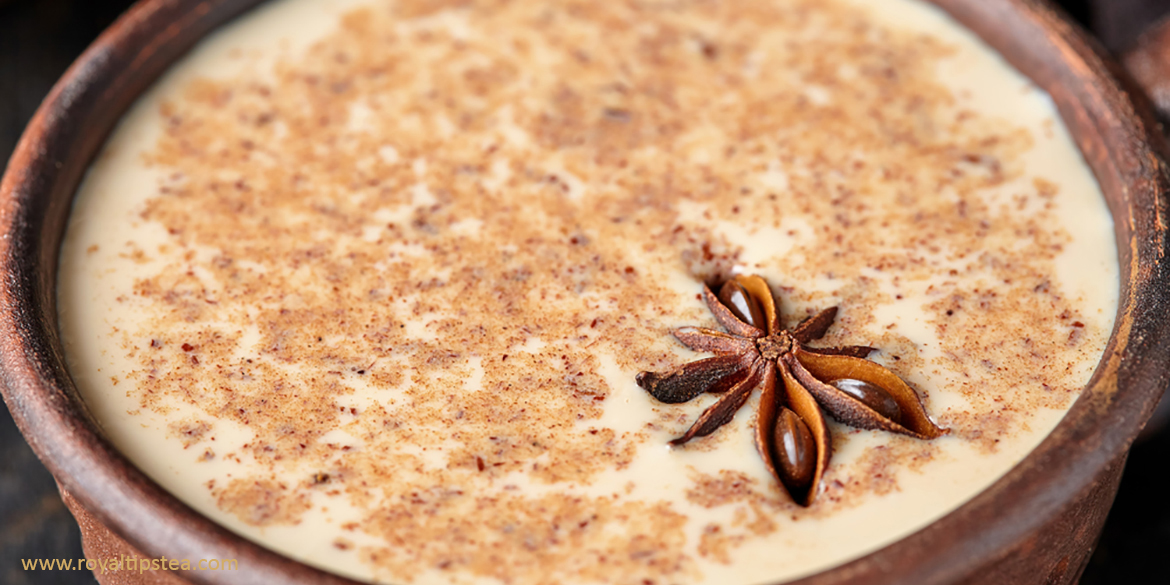
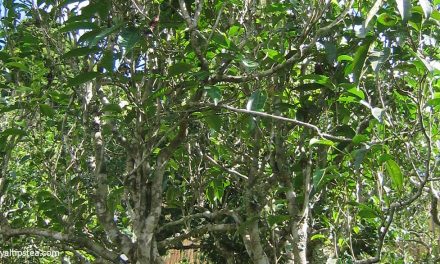
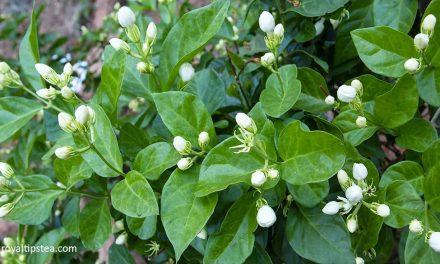
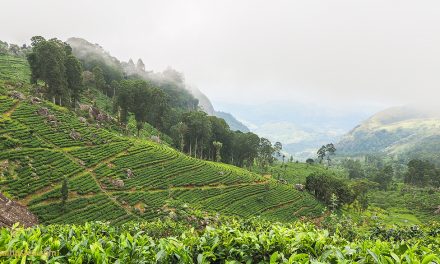
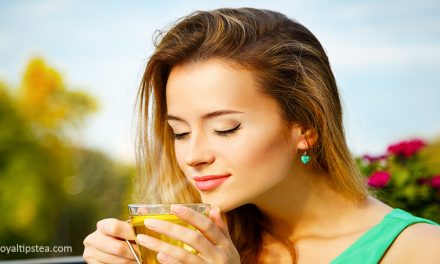
Thanks for sharing this nice article